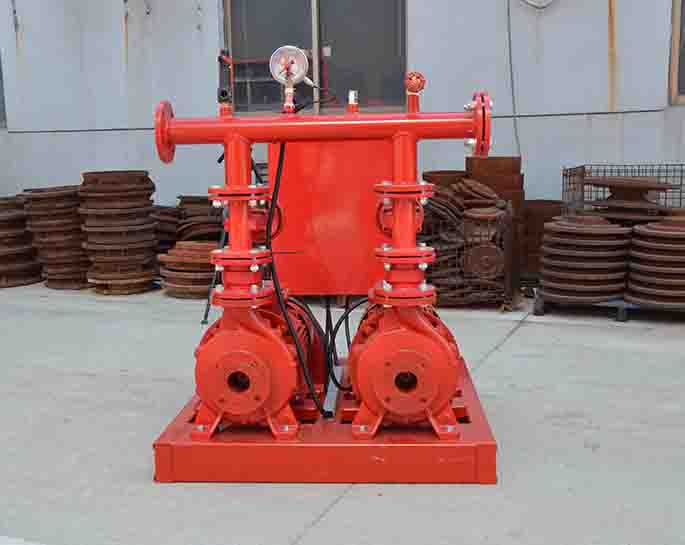Common reasons for the leakage leakage of the fire pump and how to install the pump
Mar 14, 2023
Share:
1. Improper installation: Fire pumps should be installed according to the manufacturer's instructions to ensure that the pump is properly sealed with the piping, and that the suction and discharge connections are properly secured.
2. Corrosion: Fire pumps should be regularly inspected and maintained to prevent corrosion that can lead to leaks.
3. Shaft misalignment: Fire pumps should be aligned properly before start-up to prevent leakage.
4. Damaged seals: Fire pumps should be inspected regularly to check for damaged seals that could be causing the leakage.
5. Improperly sized components: Fire pumps should be installed with properly sized components to ensure that the pump operates efficiently and without leakage.
6. Worn impellers: Impellers should be inspected and replaced if necessary to prevent leakage.
To install a fire pump, you should:
1. Check the manufacturer's instructions and ensure that the pump and all components are properly sized and rated for the application.
2. Assemble the pump and make sure that all connections are secure and sealed properly.
3. Align the pump and make sure that the shaft is properly aligned.
4. Check the seals for any signs of damage and replace as needed.
5. Start the pump and check for any signs of leakage.
6. Make any necessary adjustments to ensure that the pump is operating properly.

2. Corrosion: Fire pumps should be regularly inspected and maintained to prevent corrosion that can lead to leaks.
3. Shaft misalignment: Fire pumps should be aligned properly before start-up to prevent leakage.
4. Damaged seals: Fire pumps should be inspected regularly to check for damaged seals that could be causing the leakage.
5. Improperly sized components: Fire pumps should be installed with properly sized components to ensure that the pump operates efficiently and without leakage.
6. Worn impellers: Impellers should be inspected and replaced if necessary to prevent leakage.
To install a fire pump, you should:
1. Check the manufacturer's instructions and ensure that the pump and all components are properly sized and rated for the application.
2. Assemble the pump and make sure that all connections are secure and sealed properly.
3. Align the pump and make sure that the shaft is properly aligned.
4. Check the seals for any signs of damage and replace as needed.
5. Start the pump and check for any signs of leakage.
6. Make any necessary adjustments to ensure that the pump is operating properly.


.png)
.png)

.png)


